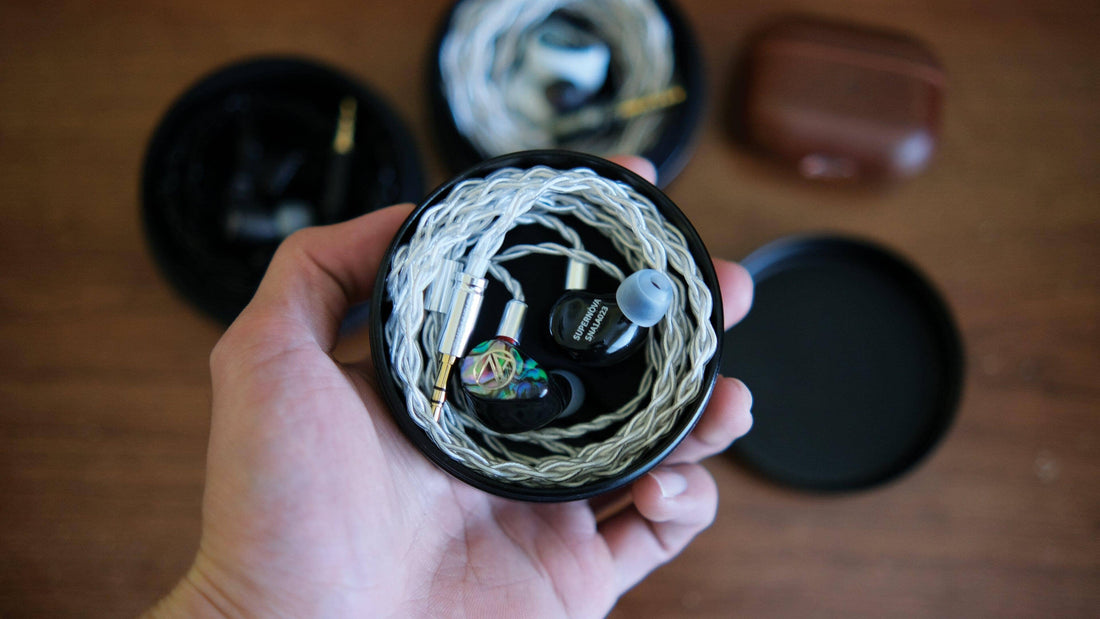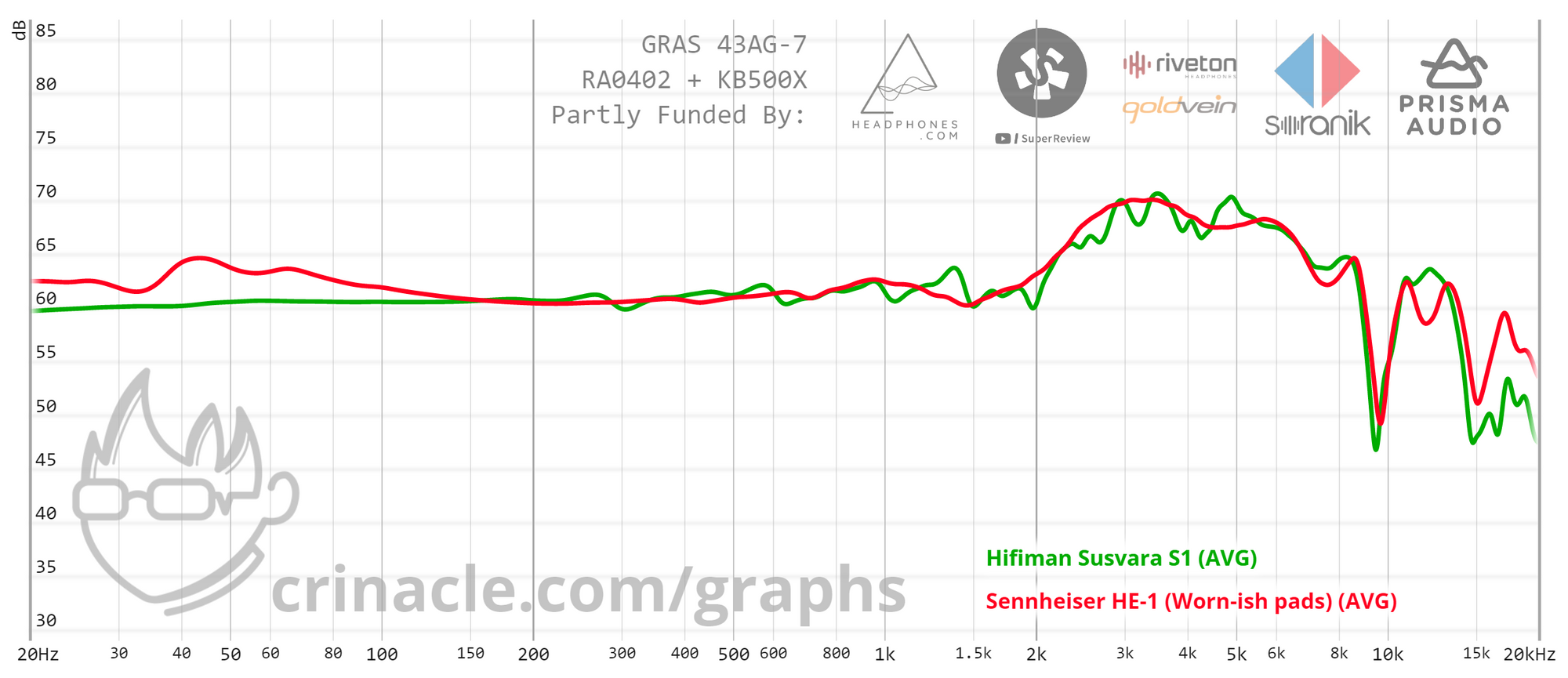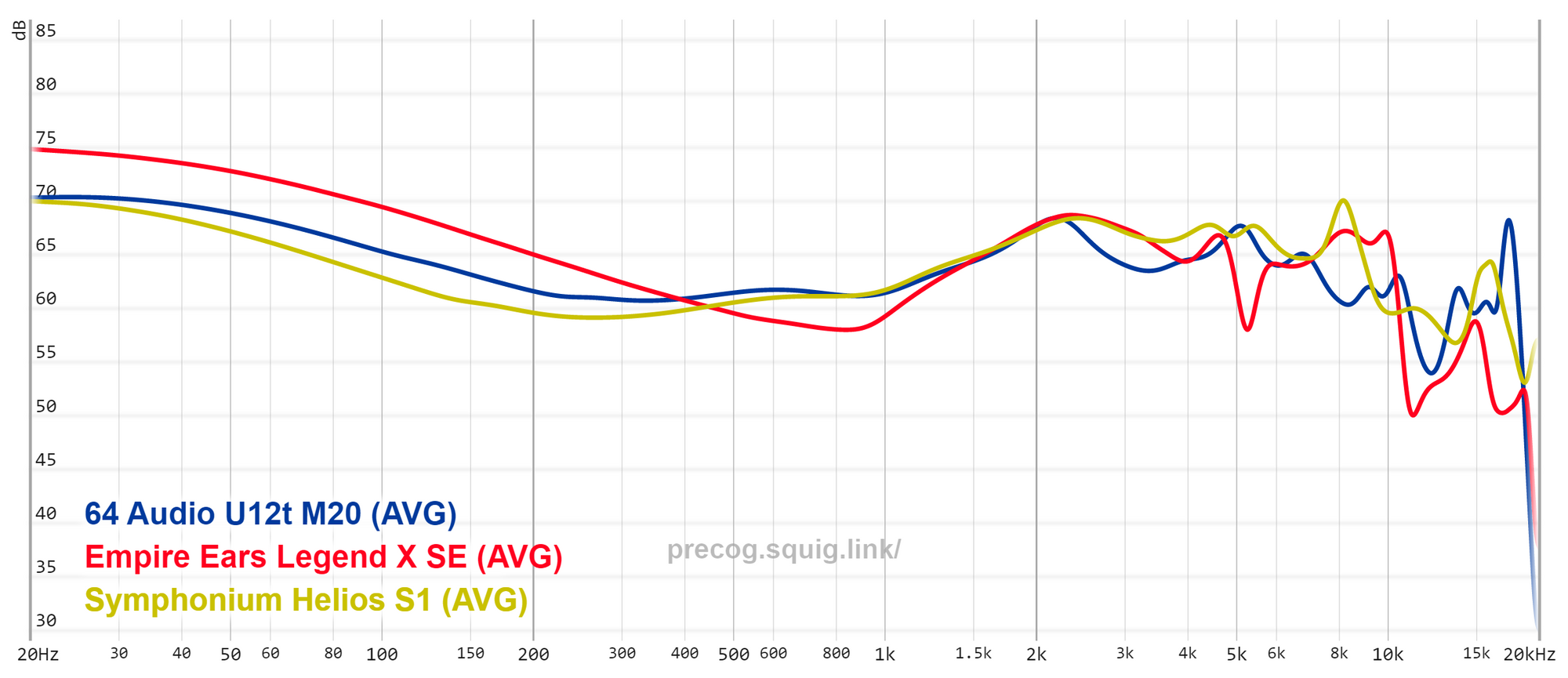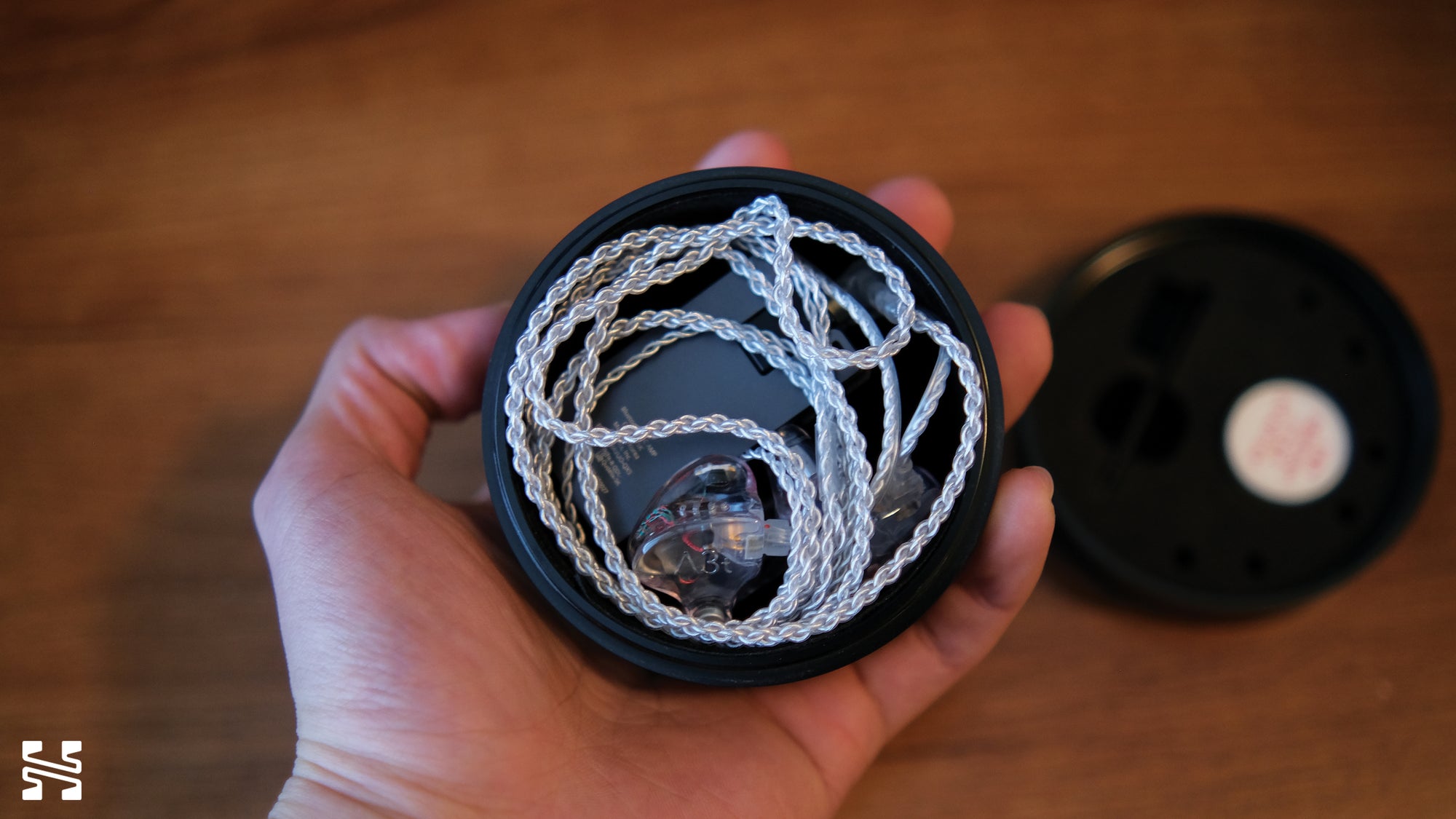Here's why you need a pair of IEMs.

Introduction
“Why do you like IEMs so much?”
“Why not headphones? IEMs are lo-fi.”
I’ve received some questions over the years about why I primarily stick to reviewing IEMs and why I don’t touch full-size headphones often. On a more sentimental level, it’s simply because there’s something extremely cool about tuning your ears into something so physically small, yet being able to hear something that sounds so big. Think of being able to store hundreds of gigabytes of data on an SD card the size of your thumbnail, or basically having a computer in your hand in the form of your smartphone. Miniaturization of technology simply rocks. But outside of portability, there are a lot of other practical arguments for IEMs. The aim of this article is to take a closer look at why IEMs appeal to me and why they should be your next audio purchase if you don’t already own a pair.
So why IEMs? One reason is consistency.
One of the more interesting arguments for IEMs is consistency, which can be broadly attributed to 1) how they achieve a seal and 2) their source requirements.

Delving deeper, a common issue with headphones - especially for listeners with glasses or longer hair - is the frustration of achieving a proper seal. Especially with headphones that use planar drivers, an incorrect seal can negatively impact the bass response (usually with sub-bass roll-off and a strong boost to the mid-bass). Another issue - not necessarily specific to headphones, but more prevalent nonetheless - is positioning on the head. The sound of a headphone will vary, sometimes dramatically (see the Abyss headphones for example), depending on its placement on a listener’s head. Comparatively, seal and placement are relatively benign considerations with most IEMs; you either achieve a seal or you don’t (and you will definitely know if you have a good seal with BA IEMs). And while an IEM’s insertion depth does affect treble resonance, it’s a much less finicky art than a headphone’s placement which can shift in numerous angles on the head. These differences are reflected in the respective measurement apparatuses used for headphones and IEMs.

Disregarding physical variability on a listener’s person, it’s no secret that many audiophiles practically mandate that one’s chain is “up to snuff” for certain headphones (usually headphones that are less sensitive). And whether this means purchasing expensive amps, DACs, pads, or cables to achieve the right “synergy” with a headphone, this is for certain: more components in the chain introduce more variability. Think of pads, for example, which are usually made of leather or foam and will experience wear over the course of the year, thus impacting the sound of a headphone. By contrast, most IEMs are perfectly adequate to be run off of a $10 Apple dongle and they use silicone ear tips that can last for years without degradation to sound quality.
A matter of price-to-performance and accessibility.
Speaking of pads, did you know that some pads will even run you upwards of fifty dollars a pair? This leads us to the topic of price-to-performance ratio. It’s no secret that the headphone market is fairly stagnant; new releases don’t come nearly as fast as IEMs. Now, it would be one thing if IEM manufacturers were just churning out trash - which make no mistake, they are - but the sound quality of IEMs has also come a long way in a very short period of time. It’s now possible to get earphones, like the 7Hz Salnotes Zero, for ~$20 that sport the tuning of an IEM that would have cost nearly ten times the price just a couple years ago! IEMs have very much become a race to the bottom (basically who can get palatable tuning for the cheapest price), which means less innovation at the flagship level, but budget oriented consumers have benefited handily from this ethos.

You might wonder how this is all possible, why IEMs have higher price-to-performance than headphones. Here, I’d interject a common sentiment by reviewer Crinacle that “the best closed-back headphones are IEMs”. While at first glance this statement might seem in jest, there’s actually a lot of truth to it. To understand why, consider that headphones are generally single-driver transducers (e.g. one dynamic driver, one planar driver, etc. per headphone cup). A lot of the tuning involved with these types of drivers is done on the chassis of the headphone which requires fastidious trial and error. This complication is exacerbated with closed-back headphones which maintain more isolation. By comparison, IEMs often make use of multiple BA (balanced-armature) drivers - miniature drivers that are much more easily fine-tuned using components like capacitors, resistors, and crossovers. Taken together, this means that IEMs consistently have better tuning for the price than headphones, not to mention better tuning altogether.
Catering to a wider audience.
Of course, better tuning is subjective, but if IEMs don’t offer higher quality tuning, they certainly offer higher quantity of tuning. Within the select ranks of headphones that I would consider to have ideal tuning (i.e. the HiFiMAN Susvara and Sennheiser HE-1) they more or less follow the same type of “neutral” tuning. But not so with IEMs. As noted above, IEMs provide much more tuning granularity due to the way they are configured. This means that manufacturers, especially ones that know what they’re doing, have the freedom to create tasteful renditions of V-shaped tuning, L-shaped tuning, U-shaped tuning, and more. There is simply no comparison between headphones and IEMs when it comes to the variety of tuning options, tasteful tuning options, that listeners are provided with.


Then why do people still use headphones?
Despite the numerous arguments that I have outlined in favor of IEMs, there is a tacit hierarchy in the audio world that headphones are better than IEMs. This sentiment predominantly stems from the idea that headphones possess superior technical qualities. Technical qualities, or simply technicalities, are loosely defined as characteristics of sound such as speed, imaging, and dynamics. I am inclined to agree to some extent that headphones are usually superior for technicalities. I have my theories for why this is the case, but generally, I suspect that headphones’ superior sense of technicalities stems from their treble responses which tend to measure more jaggedly than IEMs’. When peaks are in quick succession, especially in the upper-treble regions, we tend to not perceive them as individual peaks, but rather a singular, linear brightness. And it’s no secret that the treble regions have a dramatic impact on perceived transient “speed” and dynamics.

I will say, however, that I do not find headphones to have natural imaging despite them usually sounding more spacious than IEMs. When I use the word “imaging”, this is loosely defined as the ability for a headphone to position instruments accurately, thus creating the soundstage around a listener. I perceive headphones as having a reverse cardioid soundstage (in essence, the center of the stage seems collapsed inwards). Charitably, this might be described as “being on stage with the band while they play”. But this isn’t accurate to what one would hear in real-life, where the sound actually comes in front of a listener, or when one listens to two-channel speakers which create the illusion of a third speaker in the center (this phenomenon is also known as phantom center). This isn’t to say that IEMs necessarily have soundstage depth either, but I do find them to create a phantom center better than headphones, especially with some IEMs that make use of tuning “tricks” like recessions in the upper-midrange and mid-treble. Of course, this again plays into the finer tuning granularity that IEMs are afforded over headphones.
Stating the obvious.
I’ve written a lot about more nuanced reasons why IEMs are advantageous to their full-size counterparts. But perhaps the most obvious advantage they have is convenience. IEMs are small and portable which makes them ideal for students, travelers, and those tight on space. They also tend to isolate ambient noise significantly better than headphones: this facilitates lower volume listening and protects listeners’ ears in the long run. Additionally, for many listeners, especially those in warmer climates, IEMs are also more comfortable as they build up less heat/sweat than headphone pads do. It’s worth noting that some listeners might find that their ears are less receptive to IEMs due to non-uniform, or small, ear canals. Luckily, CIEMs - personalized IEMs molded to the unique shape of a listener’s ears - are a possible option for these listeners.

The Bottom Line
Should you just write off headphones entirely? Well…no, I think that would be a stretch. Headphones definitely have their place. Some listeners like fine-tuning their chain, and for other listeners, it’s also just a matter of aesthetics and a certain vibe they’re going for. But I definitely think you should give IEMs a shot if you haven’t already. They’ve got a lot of things going for them, and hopefully, this article has explained why I don’t see myself giving up my IEMs anytime soon!
